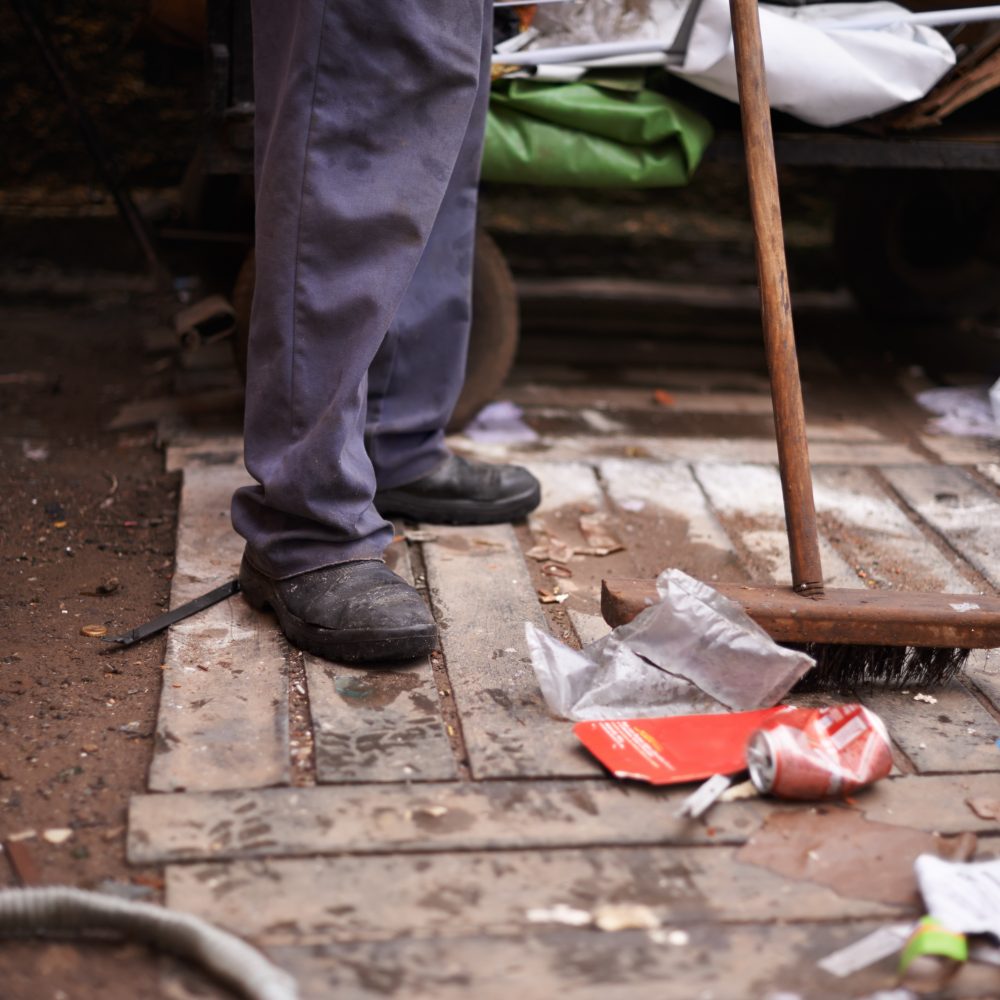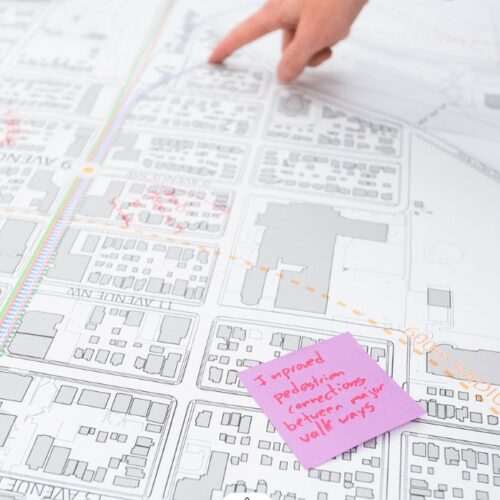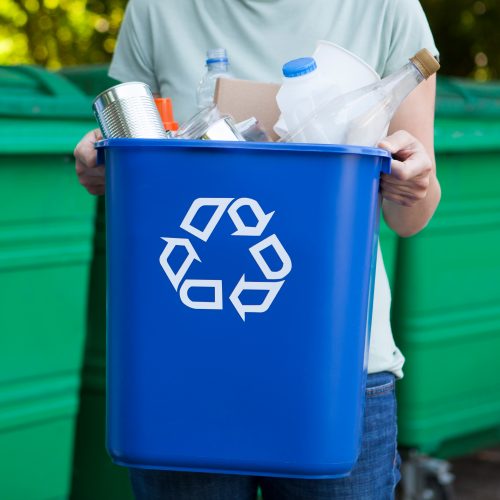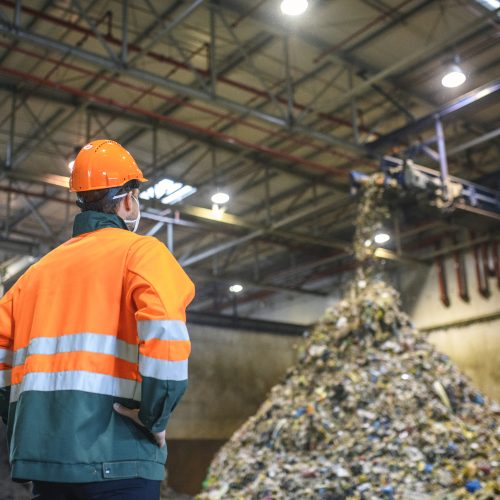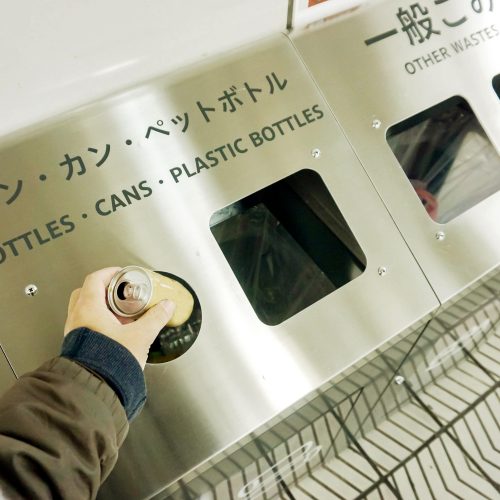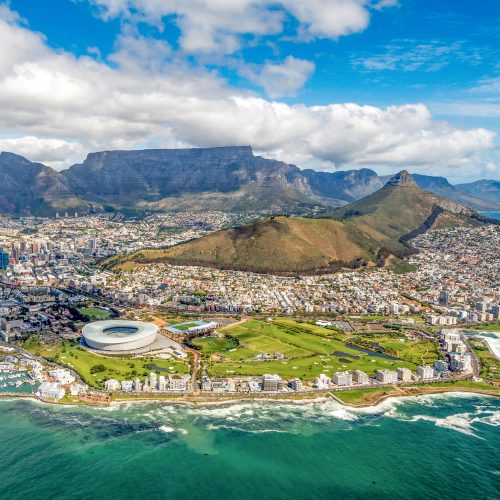Context and policy overview
Belo Horizonte is a large middle-income city in the Brazilian state of Minas Gerais. The city’s population has grown rapidly from around 3.5 million in 1990 to around 6 million today.[1]
Waste management has been a key challenge for Belo Horizonte as the city has grown. In the mid-20th century, much of its waste went to an open dumpsite which was scavenged for valuable materials by catadores, waste pickers living on the margins of society. The city stopped this practice when he dumpsite was closed and replaced with a sanitary landfill in the early 1970s. The waste pickers continued to operate but were marginalised and persecuted by the authorities responsible for urban sanitation. In response, the catadores made use of 1988 legislation to form a workers’ cooperative called the Association of Collectors of Paper, Cardboard and Recyclable Material (ASMARE).[2]
In the 1990s the city developed a flexible and integrated system of solid waste management which incorporated the waste pickers into a formalised relationship with the city’s waste authority, SLU, and the wider waste and recycling ecosystem. According to Aurora Pederzoli, SLU Chief of Special Programmes, “Our solid waste management model is based on a concept of social inclusion and income and job generation.” [3]
Implementation
The city’s adversarial relationship with waste pickers began to change when the Pastoral de Rua of the Archdiocese of Belo Horizonte engaged with the cooperative to understand their needs and aims. The Pastoral mediated negotiations with the city to develop a plan for the waste management system which had the support of all participants – the city, the waste authority, ASMARE and other waste businesses.[4]
Belo Horizonte’s environmental plan for recovery and recycling of civil construction waste was initiated in 1993 to provide a mixed system of waste collection and drop-off sites, with selective waste-sorting carried out by the waste pickers.[5] The city introduced weekly kerbside collection of paper, metal, glass and plastic, and established collection sites for households not served by kerbside collection. Waste from both streams was sent to the cooperative warehouses for the sorting and recovery of recyclable materials.[6]
In 2003, the city set up a citizen’s forum to facilitate greater dialogue on waste issues. The purpose of the forum was both to review progress and to expand the system to include other workers’ cooperatives.[7]
In 2011, the state government introduced a ‘recycling bonus’, a financial incentive for the waste pickers. Payments are made on the basis of the quality and value of the recyclable raw materials. The payment provides an additional source of income for these workers but also provides an incentive to the cooperatives to innovate to improve the quality of recyclates and to improve business management practices.[8]
Barriers and critical success factors
The city’s successful approach was preceded by a long period of dispute and acrimony with waste pickers.
Intensive communication and sustained political support for the new integrated system were therefore essential to overcome the legacy of mistrust between different actors in the city’s waste system. Belo Horizonte used creative communication approaches including carnival parades, theatre, dance and music to change public attitudes to the waste pickers and their positive contributions to the city’s environmental quality.
The legal framework limited the city’s ability to reform the waste system. These issues were addressed over time, including through a change at city level to assign the rights to cooperatives to collect and sell recyclable raw materials. At the federal level, in 2001 waste collecting was classified as a professional occupation.[9]
Results and lessons learned
The achievements and positive change in Belo Horizonte’s waste management have proved to be a model for other Brazilian cities. Key outcomes included the following:
- By 2012, the city’s formal waste management system was serving 95 per cent of the urban population and at least 70 per cent of favelas, with 93 per cent of residual waste being disposed of in sanitary landfills.[10]
- Some 3,000 waste workers are supported by the system and together with the municipal waste management system they had collectively recycled up to 20,000 tonnes by 2012.
- Working conditions for waste collectors improved significantly with the introduction of a monthly minimum wage of €270.461 The cooperatives provide the workers with a degree of security.[11]
- Skills development and training were delivered through a Municipal Waste and Citizenship Forum, which was supported by municipal funding and additional support of €125,000 from Caixa Bank.[12]
- Recycling outcomes were relatively low, with recycling rates remaining below 10 per cent as of 2008.[13]








